Home>Garden Essentials>How Many Pomegranate Seeds In A Pomegranate
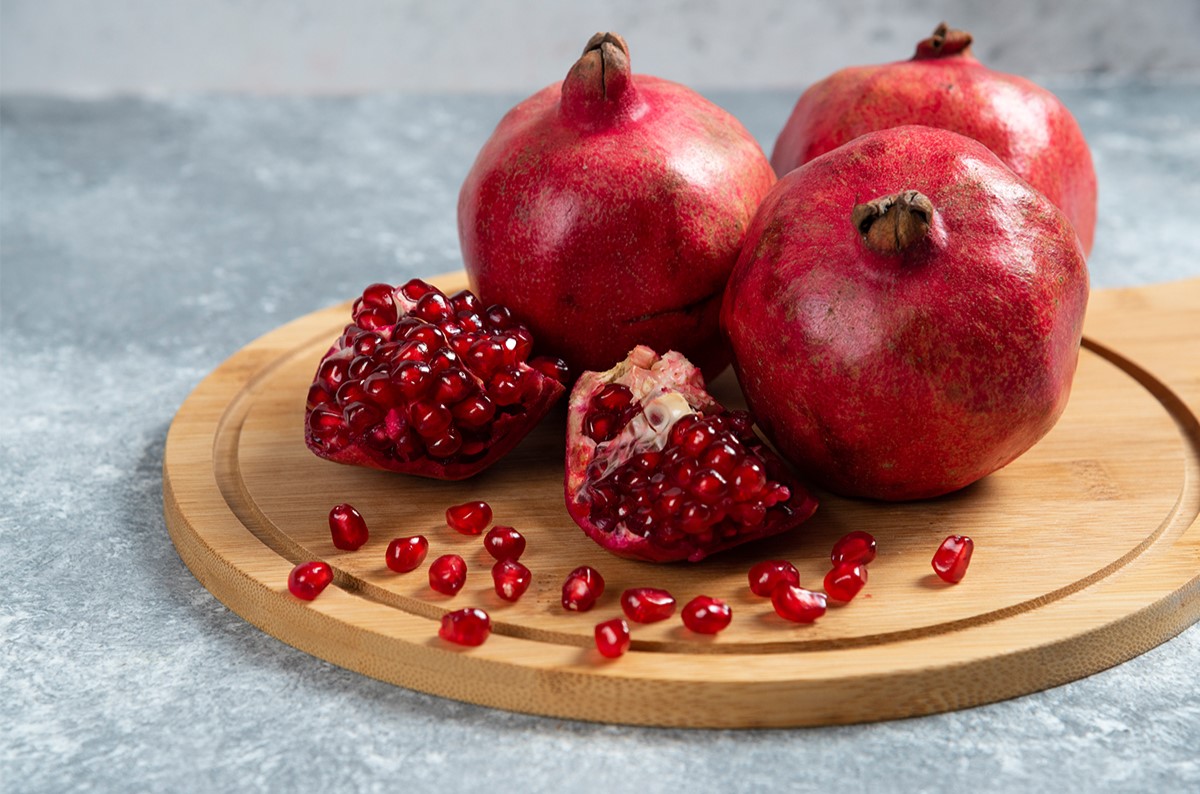

Garden Essentials
How Many Pomegranate Seeds In A Pomegranate
Modified: March 24, 2024
Discover how many pomegranate seeds are typically found in a pomegranate and learn how to grow your own pomegranate garden for a fresh supply all year round.
(Many of the links in this article redirect to a specific reviewed product. Your purchase of these products through affiliate links helps to generate commission for Storables.com, at no extra cost. Learn more)
Introduction
Welcome to the world of pomegranates, a fruit known for its vibrant red color, juicy arils, and extensive health benefits. Pomegranates have been cultivated for centuries and are highly regarded for their delicious taste and nutritional value. Along with being a popular snack and ingredient in various dishes, pomegranates also hold a special fascination due to their unique characteristics, including the number of seeds they contain.
In this article, we will delve into the intriguing question of how many seeds are typically found in a pomegranate. We will explore the factors that can affect the seed count, discuss different techniques for counting pomegranate seeds, and highlight the importance of understanding this aspect of the fruit. So, let’s embark on a journey to unlock the secrets of the pomegranate’s seeds.
Key Takeaways:
- Pomegranates typically contain 200 to over 1,000 seeds, with an average of about 600 seeds in a medium-sized fruit. Factors like variety, size, and growing conditions can affect the seed count.
- Counting pomegranate seeds is important for quality, recipes, farming, market value, and research. It helps ensure delicious, nutritious fruits and supports the pomegranate industry’s success.
Read more: How Many Calories Are In Pomegranate Seeds
Understanding Pomegranates
Pomegranates, scientifically known as Punica granatum, are native to regions in Western Asia, specifically Iran and the Mediterranean. They belong to the family Lythraceae and are widely recognized as one of the oldest cultivated fruits in human history.
The fruit itself is about the size of a large apple, with a tough and leathery red or yellow skin. Inside, pomegranates are filled with hundreds of juicy edible arils, which are small, translucent sacs that contain the seeds. Each aril is filled with a sweet and tart juice, creating a burst of refreshing flavor when consumed.
Pomegranates are highly valued not only for their taste but also for their numerous health benefits. They are rich in antioxidants, vitamins, and minerals that promote heart health, lower inflammation, boost the immune system, and provide overall well-being. Additionally, pomegranates have been associated with anti-cancer properties and improved digestion.
When it comes to the number of seeds in a pomegranate, it can vary depending on several factors, including the variety of the fruit, its size, and the growing conditions. Let’s explore these factors in more detail.
1. Variety: There are many different varieties of pomegranates, each with its own unique characteristics. Some varieties are known to have more abundant and larger seeds compared to others.
2. Size of the fruit: Generally, larger-sized pomegranates tend to have more seeds. However, this is not always the case, as the seed count can also depend on the variety of the fruit.
3. Growing conditions: The environmental conditions in which the pomegranate tree grows can also influence the number of seeds. Factors such as available nutrients, water supply, and sunlight exposure can affect the fruit’s development and, consequently, the seed count.
Now that we understand the factors that can influence the number of seeds, let’s dive into exploring how many seeds a pomegranate typically contains.
How Many Seeds Does a Pomegranate Typically Have?
The number of seeds in a pomegranate can vary widely, ranging from 200 to over 1,000 seeds. On average, a medium-sized pomegranate may contain around 600 seeds. However, it’s important to note that this is just an approximation, as individual pomegranates can deviate from this average.
The seed count can also depend on the size of the pomegranate. Smaller-sized pomegranates typically have fewer seeds, while larger-sized ones tend to have a higher seed count. Additionally, the variety of the pomegranate plays a role in determining the number of seeds, as some varieties naturally produce more seeds than others.
As you dissect a pomegranate, you’ll notice that the seeds are nestled within individual arils, which are the flesh-covered capsules that hold the seeds together. Each aril can contain anywhere from 1 to 8 seeds, with the most common number being around 3 to 5 seeds per aril. This means that a pomegranate with 600 seeds may have approximately 120 to 200 individual arils.
The size and color of the seeds can also vary. Pomegranate seeds are typically small, ranging from 3 to 5 millimeters in diameter. They are glossy and have a deep red or maroon color when ripe. However, some varieties may have seeds that are paler or even slightly yellowish in color.
While these numbers give us a general idea of the average seed count in a pomegranate, it’s essential to remember that every fruit is unique. Some pomegranates may surprise you with their abundance of seeds, while others may have fewer seeds than expected. The best way to determine the seed count of a pomegranate is to open it up and count the seeds yourself.
Let’s now explore the factors that can affect the number of seeds in a pomegranate.
Factors Affecting the Number of Pomegranate Seeds
Several factors can influence the number of seeds found in a pomegranate. By understanding these factors, we can better appreciate the variations we see in different pomegranates.
1. Variety of the pomegranate: Different pomegranate varieties have varying seed counts. Some varieties naturally produce more seeds, while others have fewer. This variation is due to genetic differences between the varieties.
2. Size of the pomegranate: Generally, larger pomegranates have a higher seed count. This is because a larger fruit has more space to accommodate a greater number of seeds. Smaller pomegranates, on the other hand, may have fewer seeds due to limited space for seed development.
3. Growing conditions: Environmental factors, such as temperature, sunlight, soil quality, and water availability, can impact the number of seeds in a pomegranate. Adequate sunlight and water supply are essential for optimal seed development. Additionally, nutrient-rich soil can promote healthy seed production.
4. Pollination: Pomegranate trees rely on pollination to produce fruit, and the process of pollination directly affects seed development. Proper pollination ensures that all the ovules in the flower are fertilized, leading to a higher number of seeds in the resulting fruit. Inadequate pollination can result in a lower seed count.
5. Pruning and thinning: Proper pruning and thinning of pomegranate trees can also impact the number of seeds. Pruning helps to create a more open canopy, allowing sunlight to reach all parts of the tree, including the innermost branches. This increased sunlight exposure can lead to better seed development. Thinning, the removal of excess fruit from the tree, ensures that there is enough energy and nutrients available for each developing seed, resulting in larger and more abundant seeds.
It’s important to note that while these factors influence the number of seeds, the overall quality and flavor of the pomegranate are not solely determined by seed count. Other factors, such as sugar content, juiciness, and taste, also play a significant role in determining the overall desirability and enjoyment of the fruit.
Now that we have explored the factors that affect the number of seeds in a pomegranate, let’s discuss some techniques for counting these seeds.
The average pomegranate contains about 600-800 seeds, but the number can vary depending on the size of the fruit.
Techniques for Counting Pomegranate Seeds
Counting pomegranate seeds can be a challenging task, especially when dealing with a fruit that contains hundreds of small seeds. However, with a bit of patience and the right techniques, it is possible to get an accurate seed count. Here are a few methods you can try:
1. Manual Count: The most straightforward method is to count the seeds manually. Start by cutting the pomegranate in half horizontally. Hold one half over a bowl, gently tap the back of the pomegranate with a spoon, and let the seeds fall into the bowl. Repeat the process with the other half. Once all the seeds are extracted, begin counting them one by one. This technique may take some time and effort, but it provides the most accurate count.
2. Seed Grid Method: To make the counting process easier, you can create a grid on a piece of paper. Divide the paper into small squares, leaving enough space between them. As you extract the seeds and place them in a container, drop each seed into a square on the grid. Once you have finished, count the number of seeds in each square and calculate the total by multiplying the average count per square by the total number of squares on the paper. This method helps estimate the seed count without having to count each seed individually.
3. Weighing Method: Another approach is to weigh a sample of seeds and then weigh the entire batch of seeds. Take a small sample of seeds and weigh them using a digital scale. Next, extract all the seeds from the pomegranate and weigh them. Divide the weight of the entire batch by the weight of the sample to determine the ratio. Finally, multiply the ratio by the weight of the sample to get an estimate of the total seed count. Keep in mind that this method provides an approximation and may not be as accurate as manually counting the seeds.
Remember, the aim is to get a general idea of the seed count, rather than an exact number. The actual seed count can still vary due to variations in seed size and potential loss of seeds during the extraction process.
Now that we have explored different techniques for counting pomegranate seeds, let’s discuss why understanding the seed count is important.
Read more: How Many Seeds Does A Pomegranate Have
Why Counting Pomegranate Seeds Is Important
Counting pomegranate seeds may seem like a trivial task, but it serves several important purposes. Understanding the seed count can provide valuable insights and benefits, both for consumers and producers. Here are a few reasons why counting pomegranate seeds is important:
1. Quality Assurance: Counting the seeds can be an indicator of the overall quality of the fruit. A higher seed count often suggests a more mature and fully developed pomegranate. This ensures that consumers are getting a fruit that is at its peak ripeness, with a higher likelihood of optimal flavor and juiciness.
2. Consistency in Recipes: Pomegranate seeds are not only enjoyed as a snack but are also used in a variety of culinary creations, such as salads, desserts, and beverages. By knowing the approximate seed count, chefs and home cooks can better estimate the amount of seeds needed for their recipes. This ensures consistent flavor and presentation in their dishes.
3. Farming and Harvesting Efficiencies: For pomegranate growers and producers, understanding the seed count can be crucial for managing their farming operations. By knowing the average seed count for specific varieties, they can make informed decisions regarding planting, pruning, and thinning practices. This knowledge helps optimize fruit development, harvest timing, and overall crop yield.
4. Market Value: Seed count can also impact the market value of pomegranates. Fruits with a higher seed count are often perceived as being of better quality and may command a higher price in the market. Producers who can consistently deliver pomegranates with a desirable seed count are likely to attract more buyers and increase their profitability.
5. Research and Breeding: Studying the seed count and its variations across different pomegranate varieties can contribute to scientific research and breeding programs. Researchers can learn more about the genetics and characteristics that influence seed development, leading to advancements in breeding for improved fruit quality, yield, and seed count.
By considering these factors, it becomes evident that counting pomegranate seeds is far from trivial. It plays a significant role in ensuring quality assurance, consistency in recipes, farming efficiencies, market value, and scientific research. So, the next time you enjoy a pomegranate, take a moment to appreciate the hidden secrets held within its seeds.
Now, let’s conclude our exploration of pomegranates and their seed count.
Conclusion
Pomegranates are a fascinating fruit, known for their vibrant color, juicy arils, and numerous health benefits. While the exact number of seeds in a pomegranate can vary, it is commonly estimated to range from 200 to over 1,000 seeds, with an average of about 600 seeds in a medium-sized pomegranate. Factors such as variety, size, growing conditions, and pollination can affect the seed count.
Counting pomegranate seeds can be achieved through techniques such as manual counting, the seed grid method, or the weighing method. Obtaining an approximate seed count is valuable for quality assurance, maintaining consistency in recipes, optimizing farming practices, determining market value, and contributing to scientific research and breeding programs.
Whether you enjoy snacking on the arils, using them in culinary creations, or simply appreciating the beauty of a pomegranate, knowing the approximate seed count adds to your understanding and appreciation of this remarkable fruit.
So, next time you indulge in a pomegranate, take a moment to marvel at the intricate arrangement of seeds within its arils. Remember that each seed is a tiny treasure, bursting with flavor and packed with nutritional goodness. Whether they number in the hundreds or thousands, the seeds within a pomegranate are a testament to the wonders of nature.
Now, go ahead and explore the world of pomegranates, savor their delicious arils, and share the joy of this remarkable fruit with others.
Frequently Asked Questions about How Many Pomegranate Seeds In A Pomegranate
Was this page helpful?
At Storables.com, we guarantee accurate and reliable information. Our content, validated by Expert Board Contributors, is crafted following stringent Editorial Policies. We're committed to providing you with well-researched, expert-backed insights for all your informational needs.
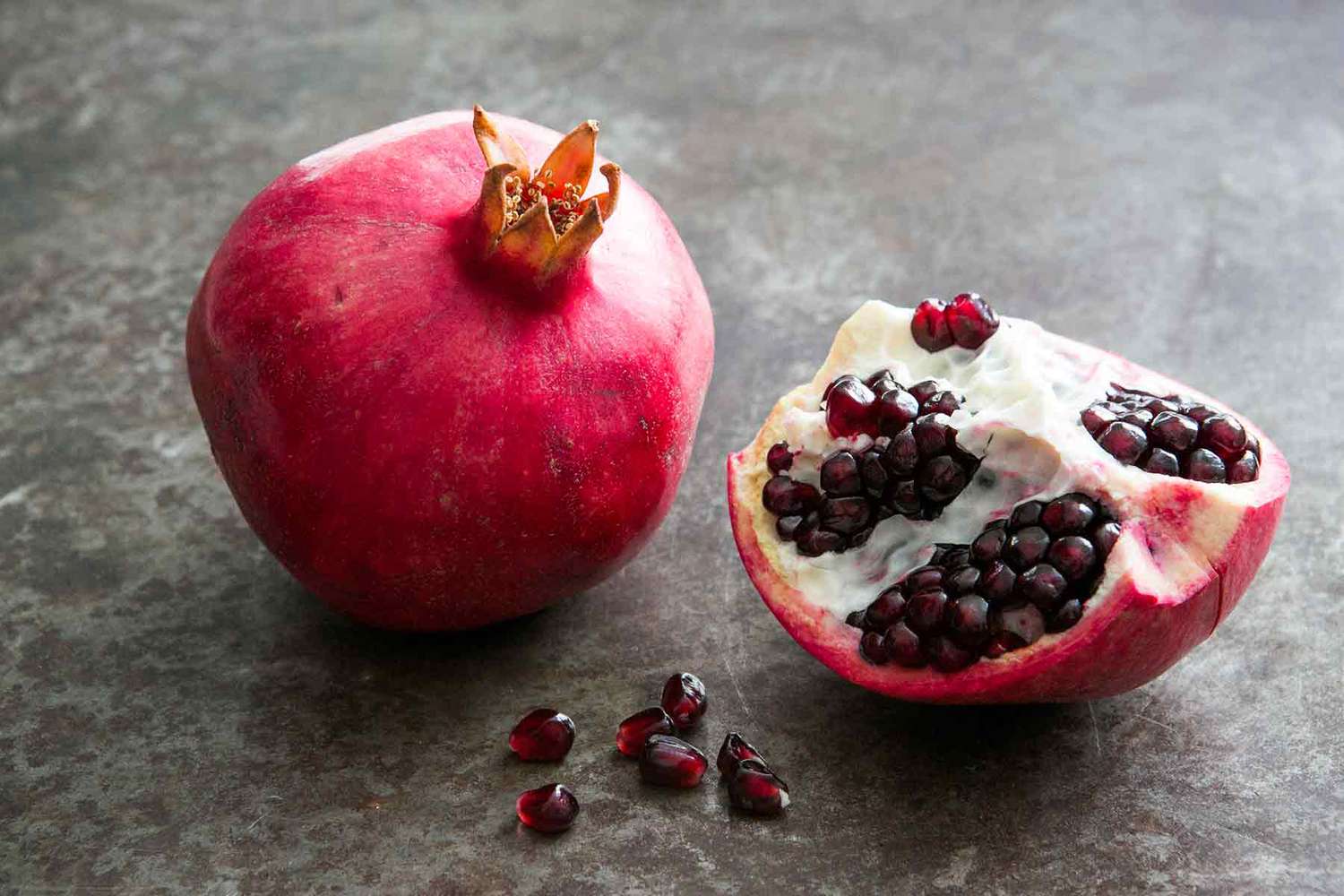
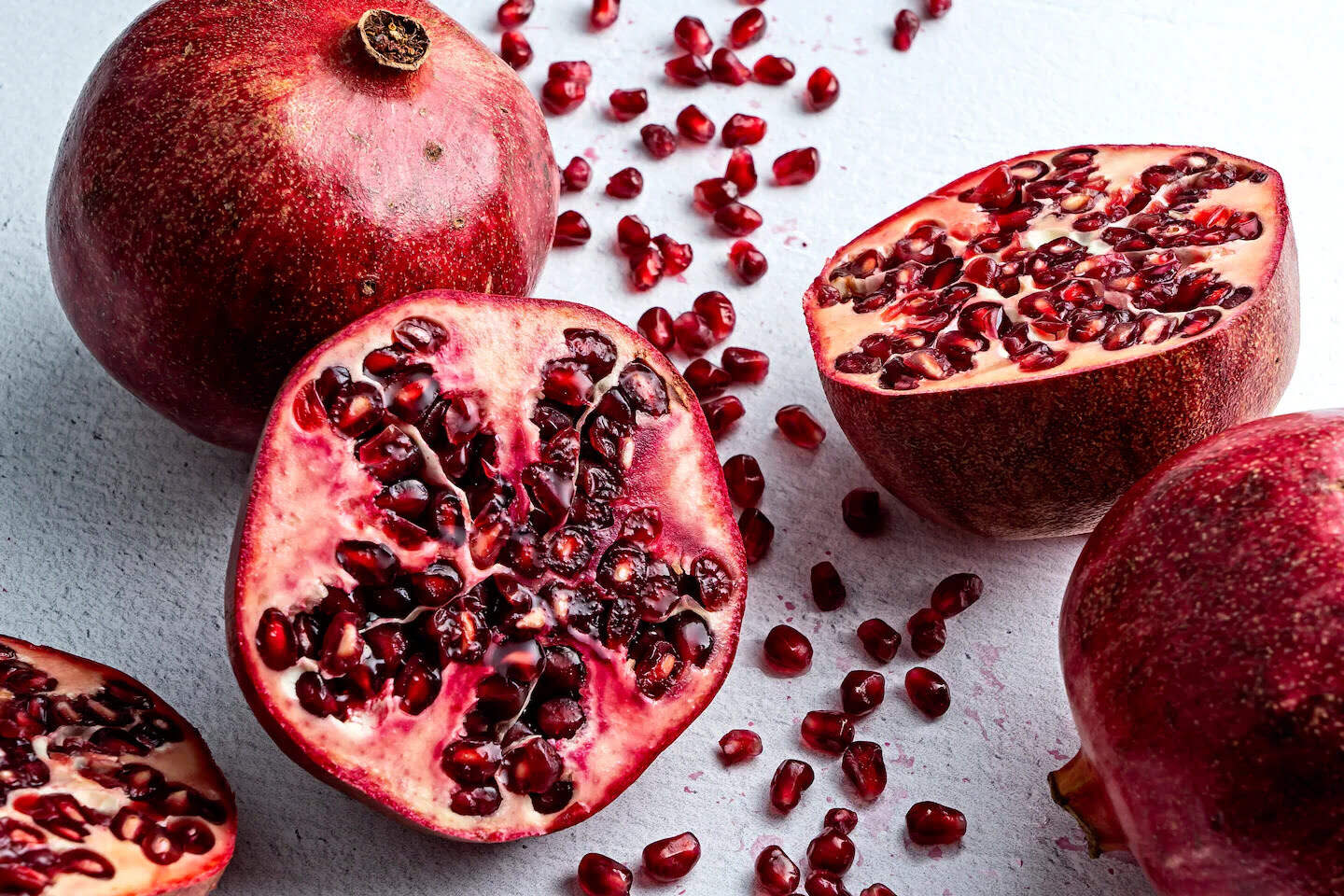

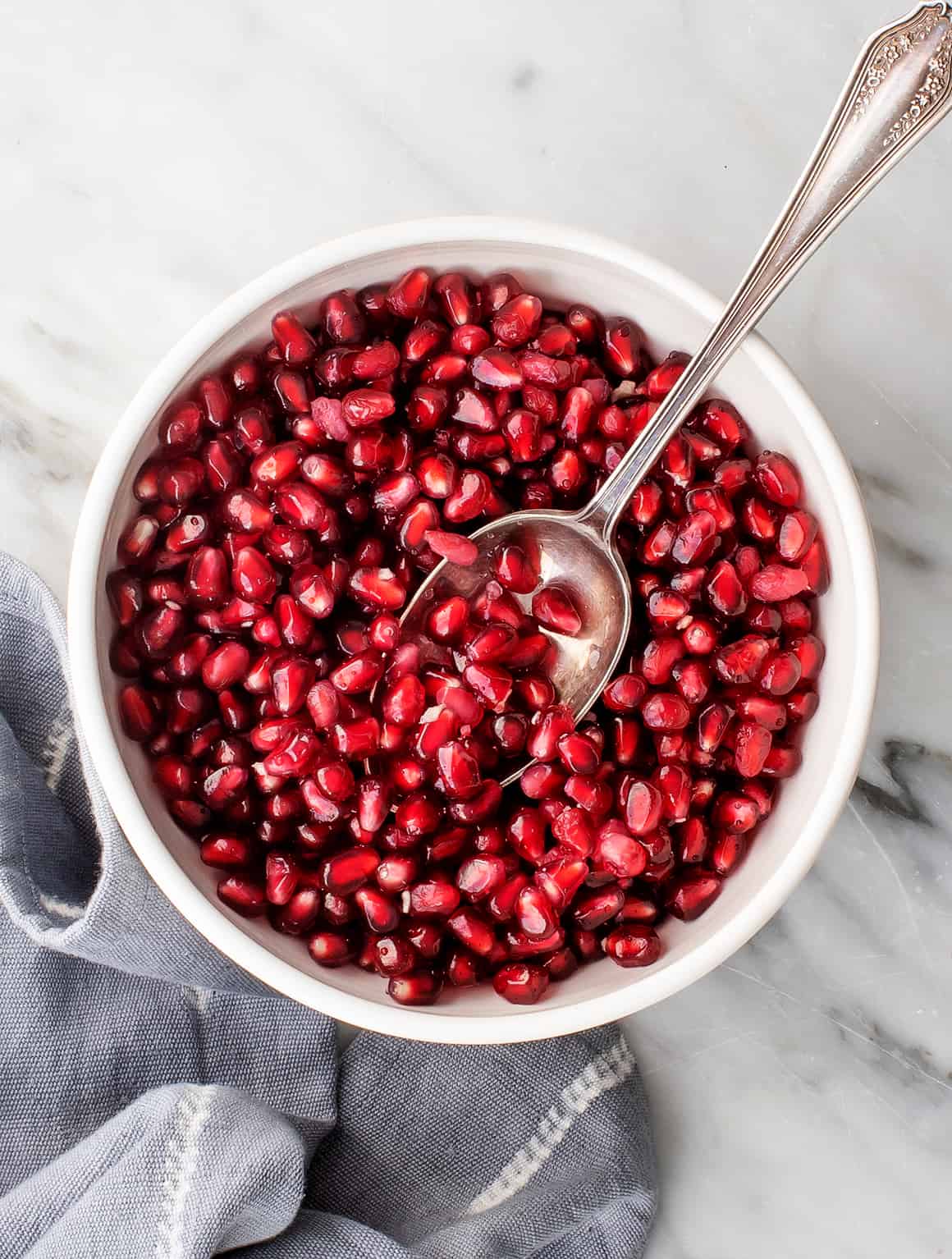

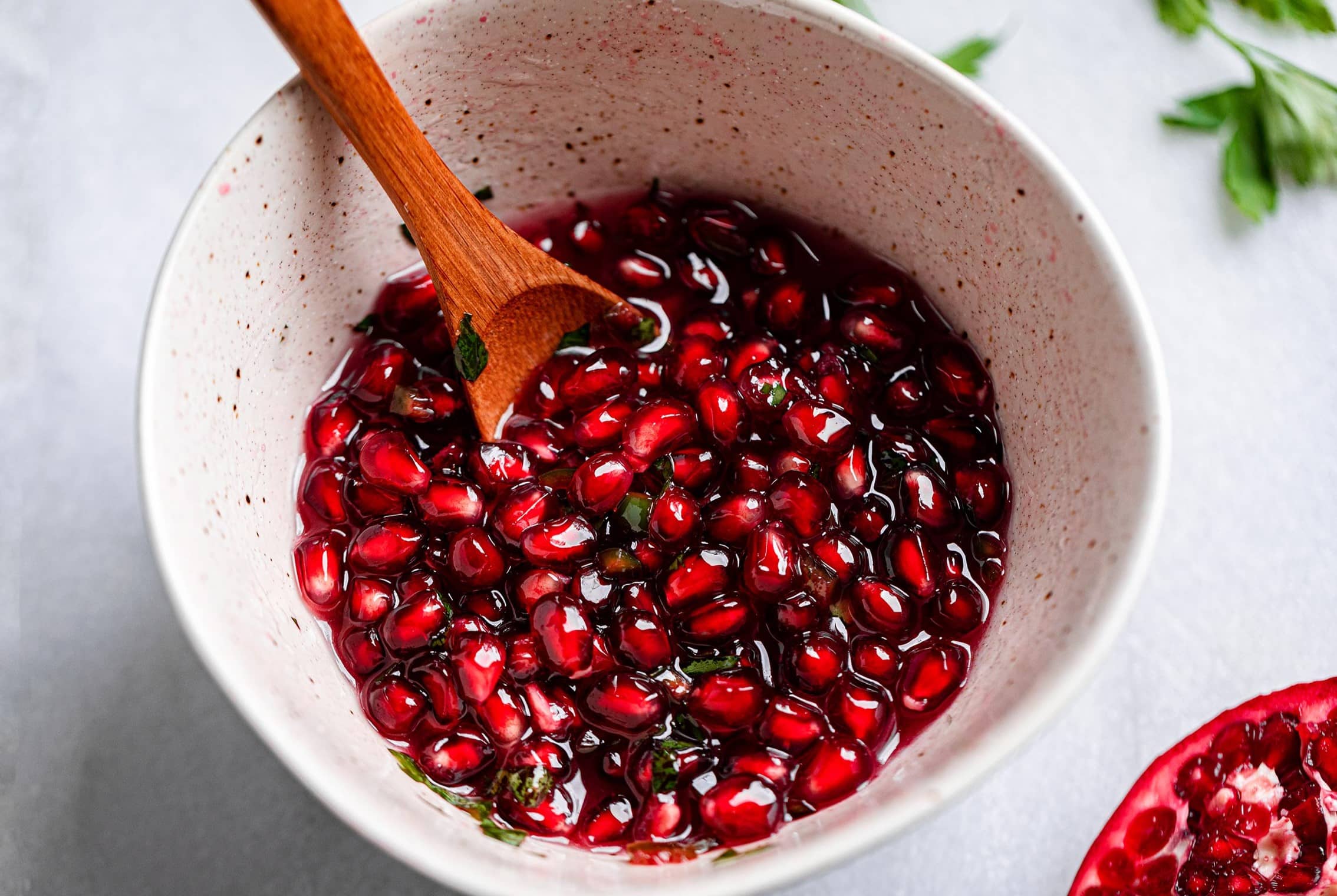
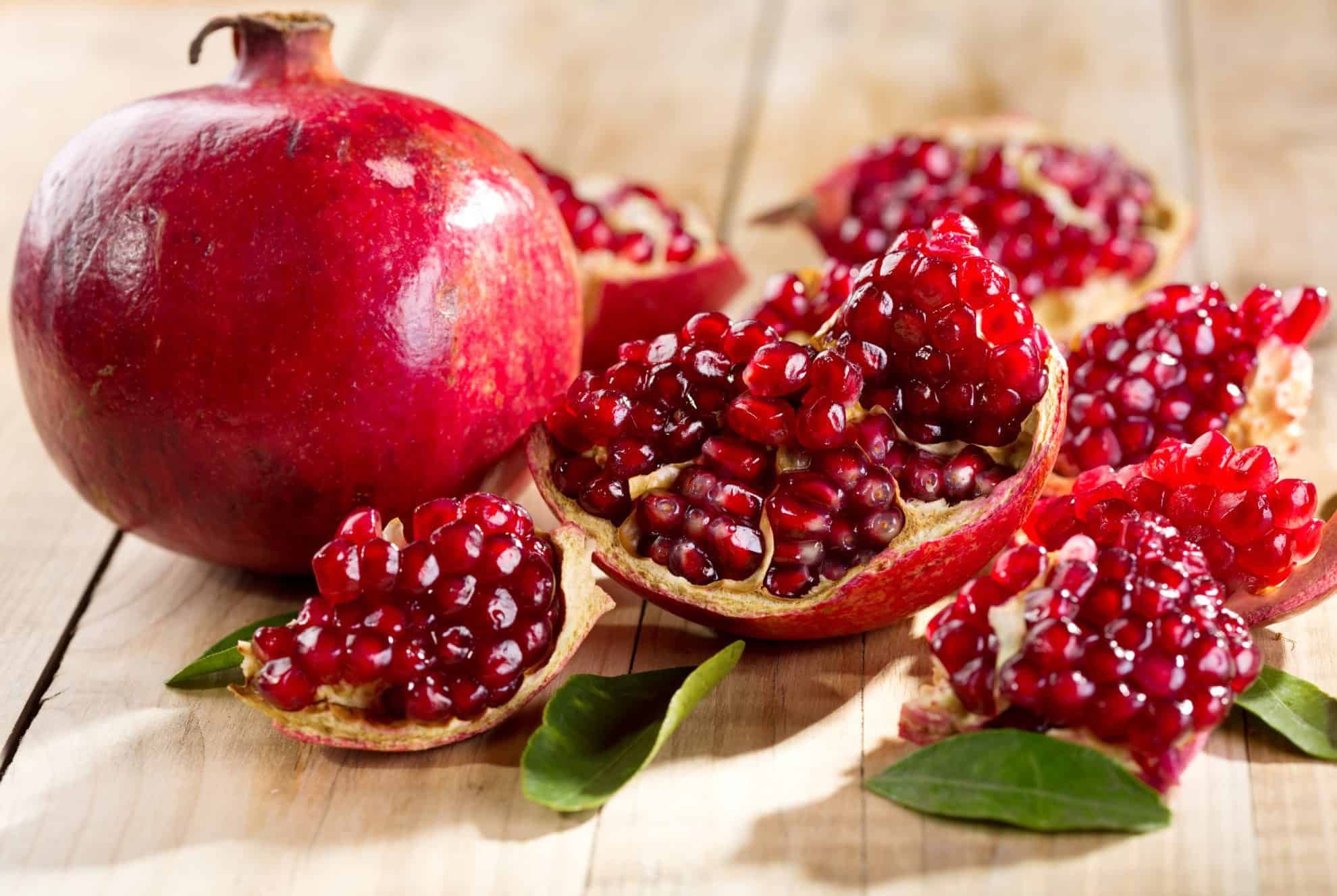

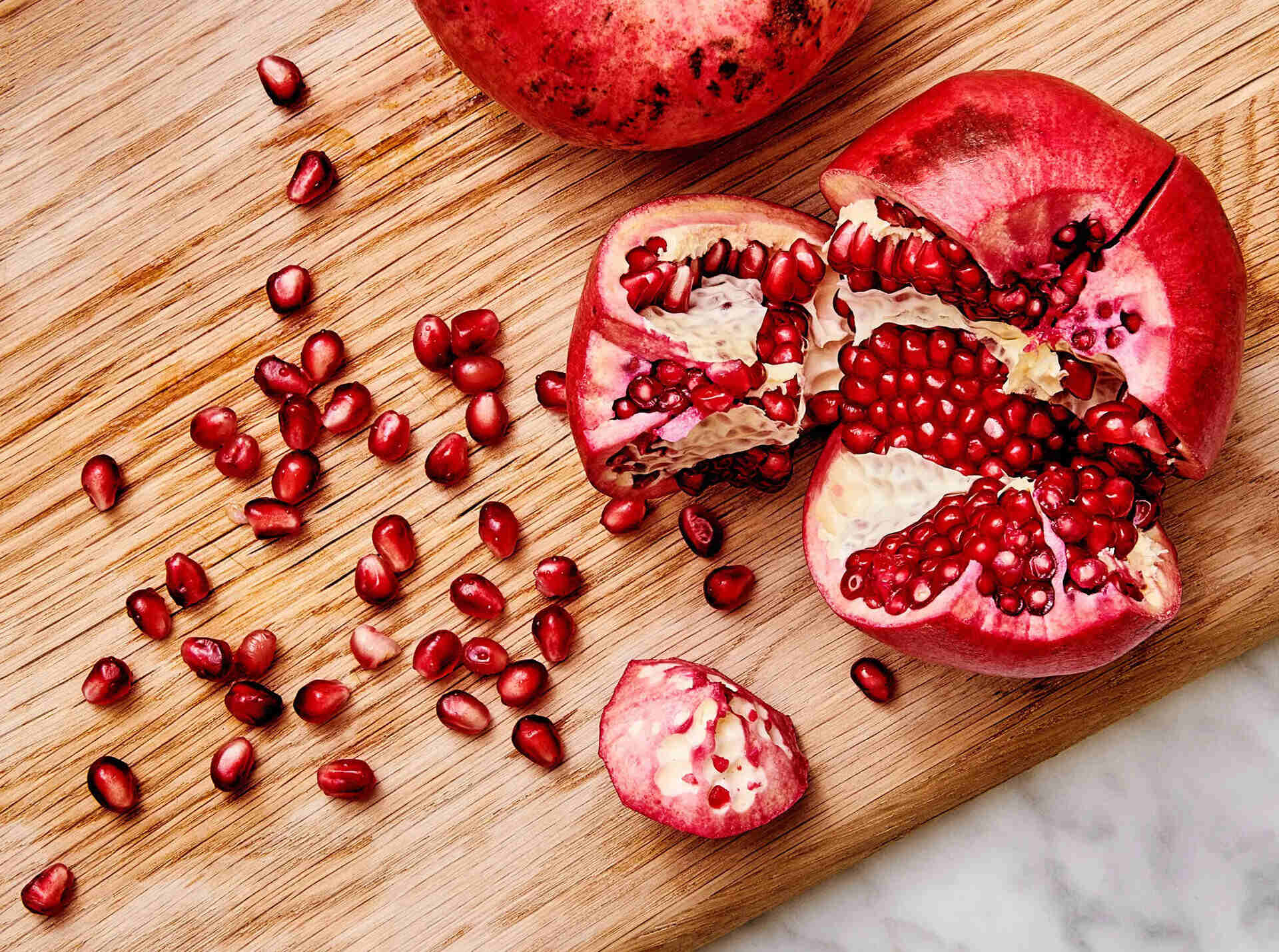
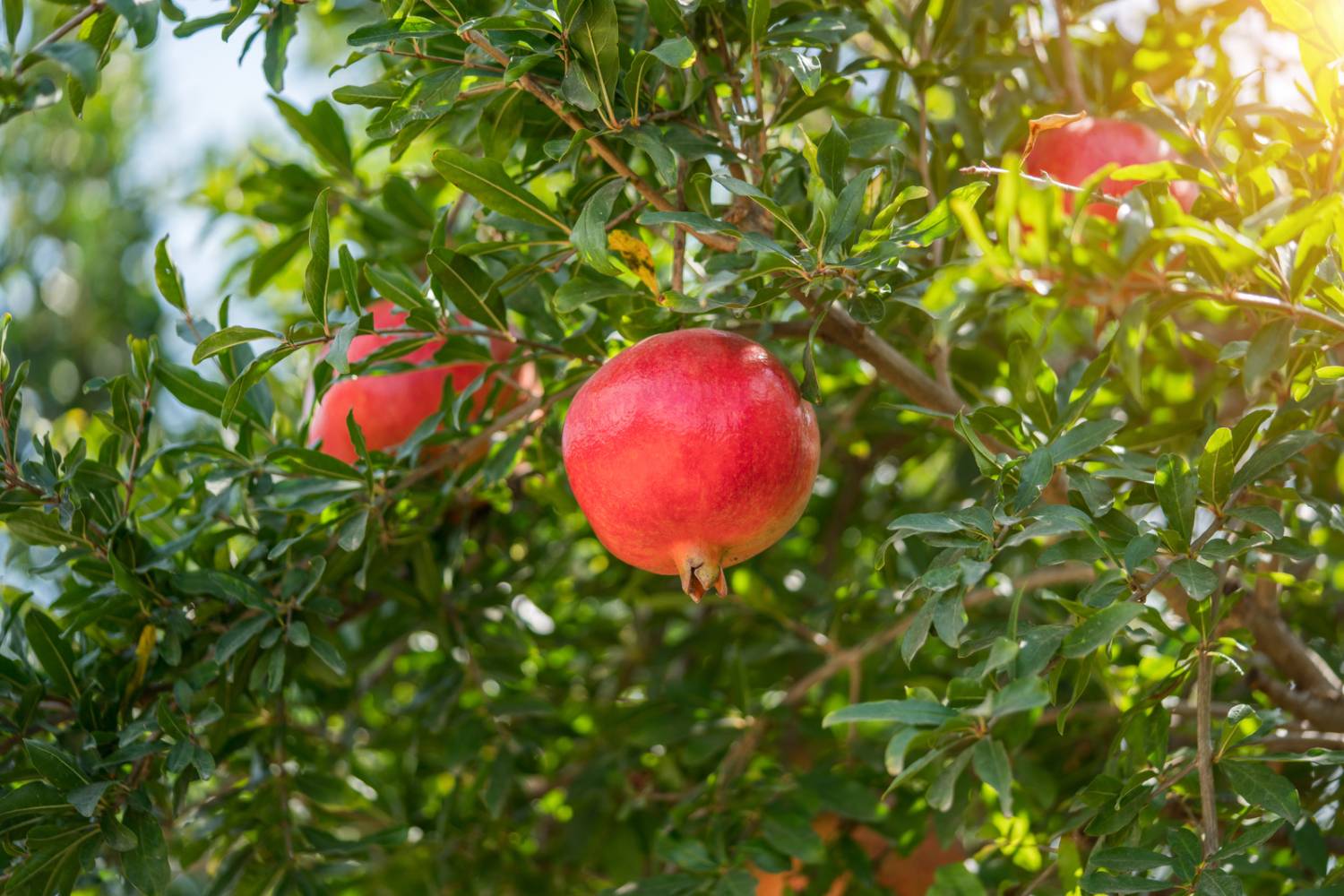
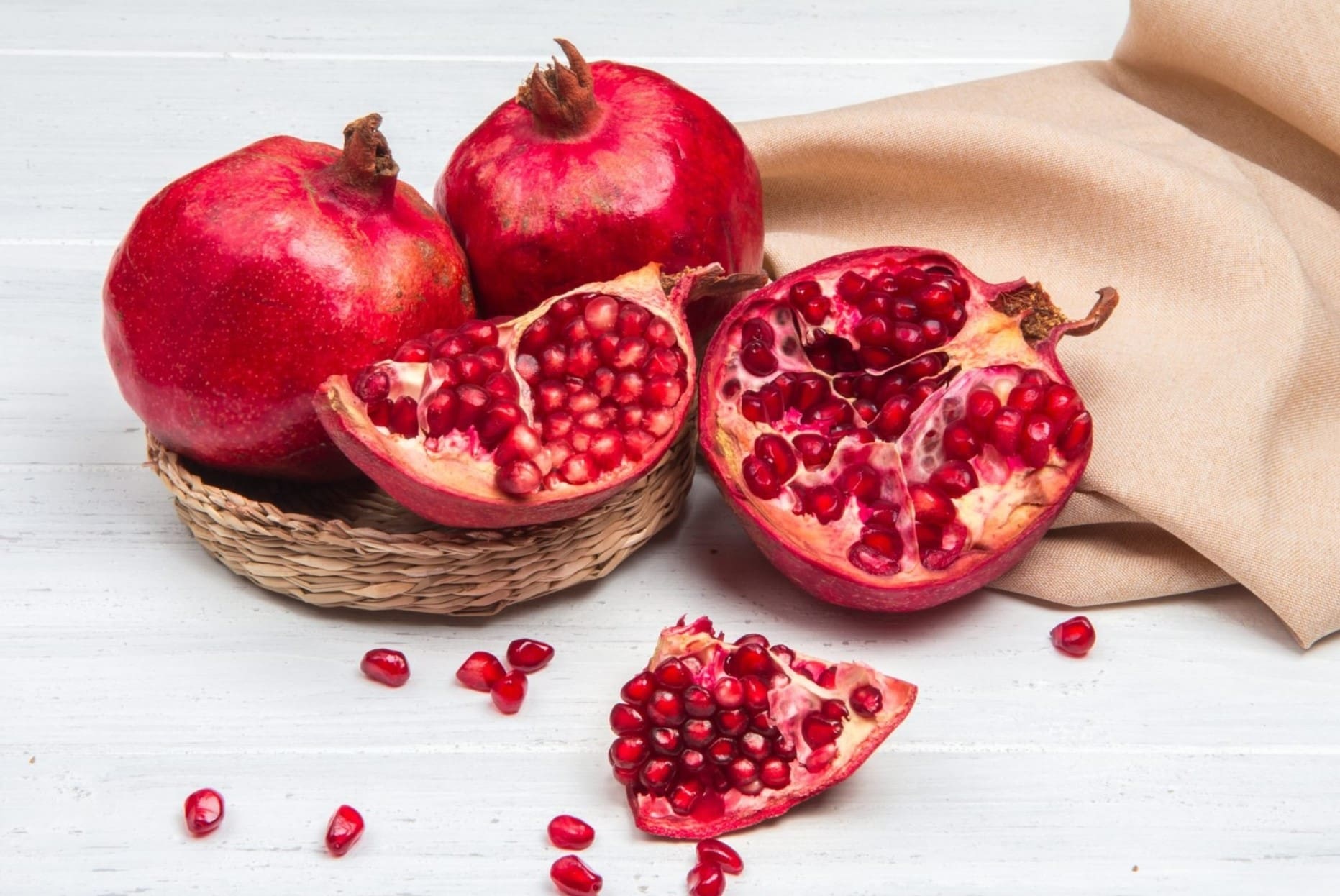
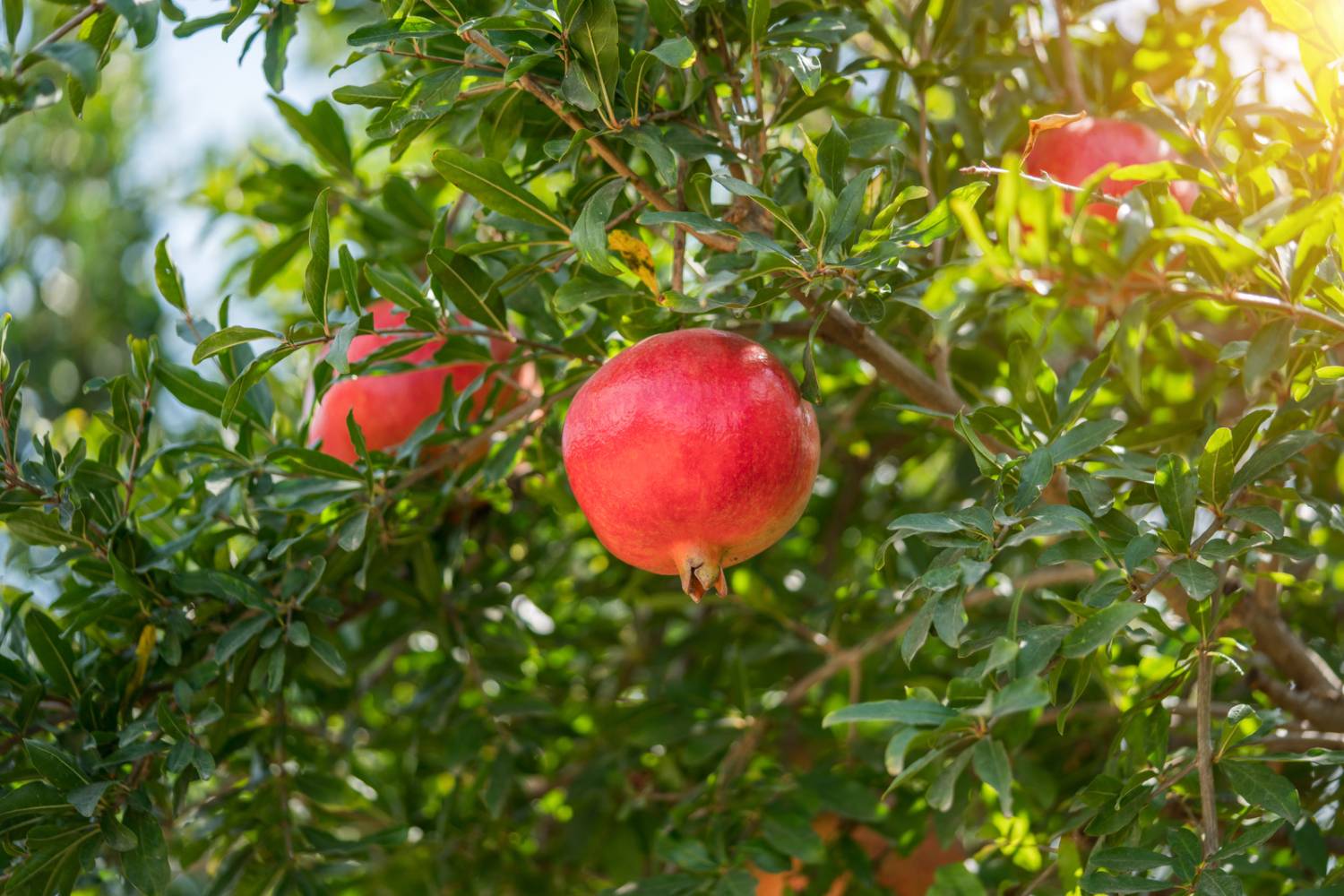
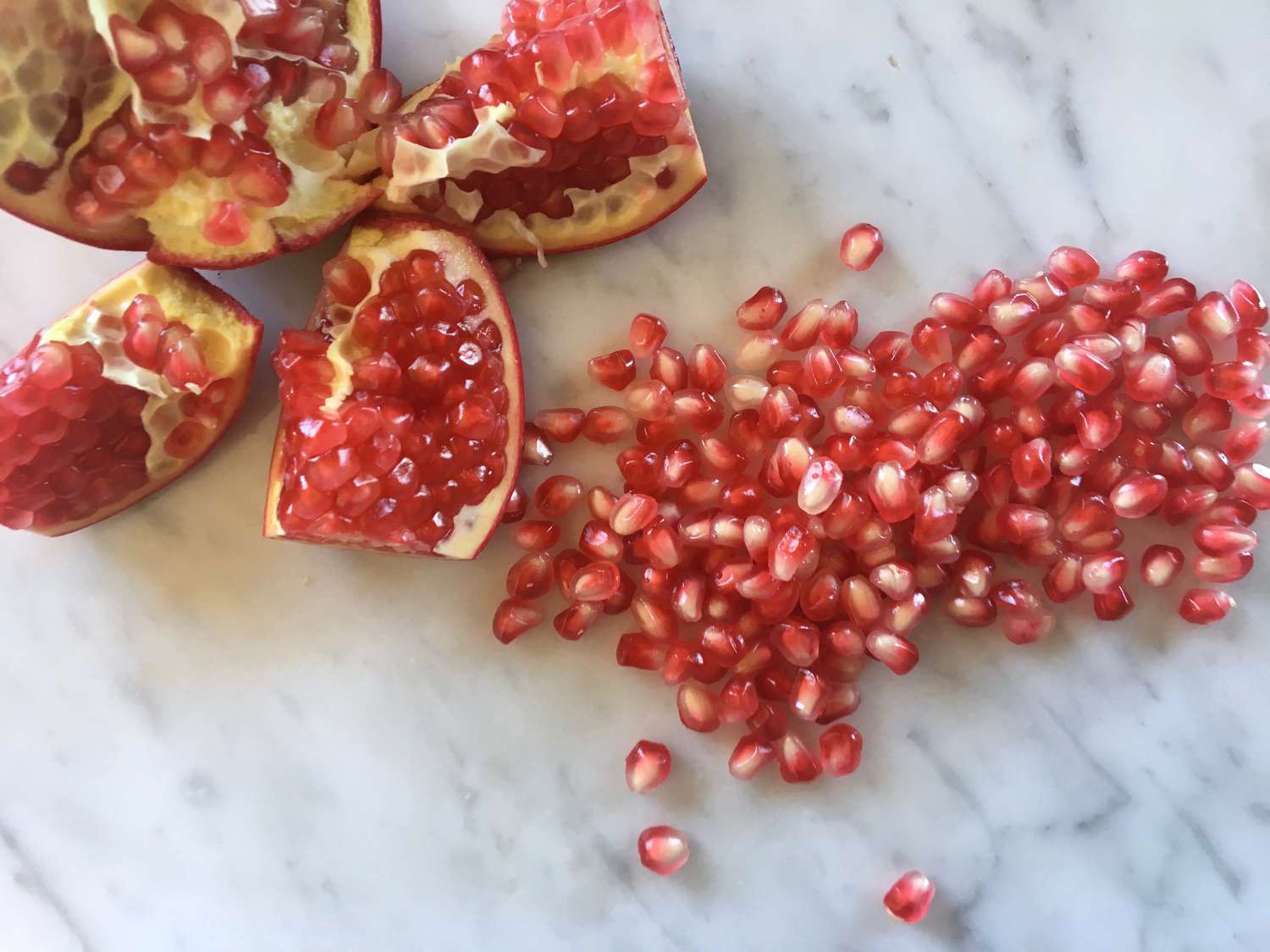
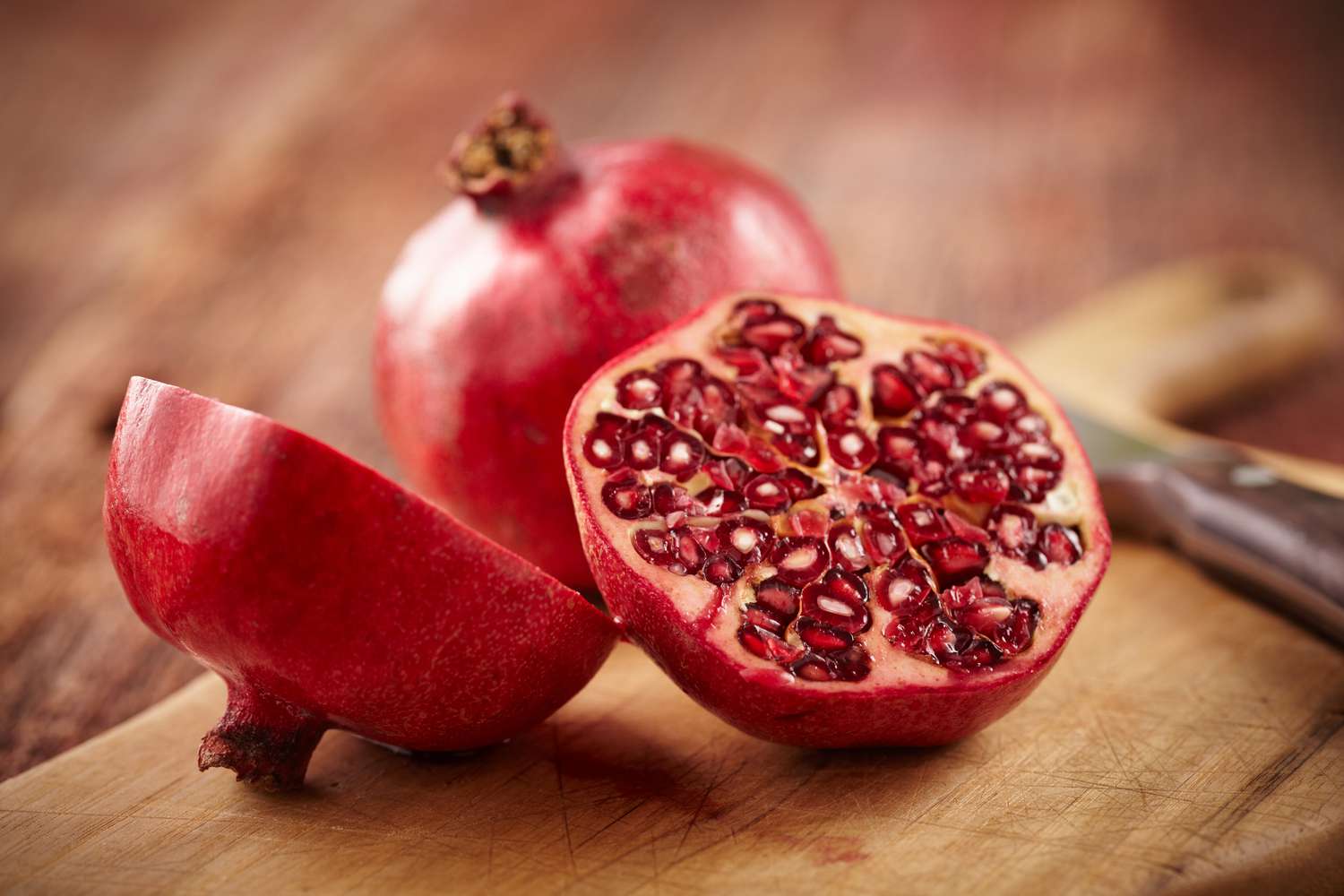

0 thoughts on “How Many Pomegranate Seeds In A Pomegranate”